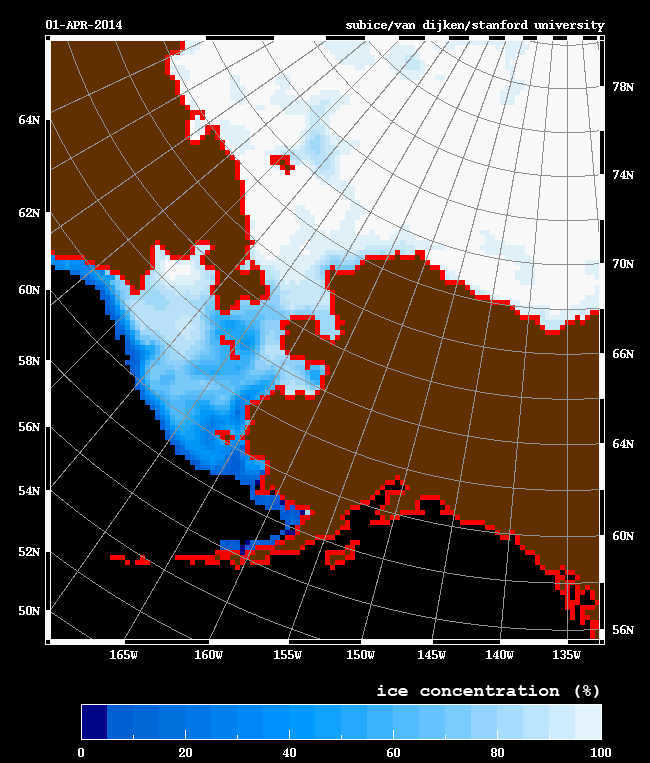 ©2020 Biological and Chemical Oceanography Data Management Office.
©2020 Biological and Chemical Oceanography Data Management Office.Funded by the U.S. National Science Foundation
Over the last several decades, Arctic Ocean ice cover has become substantially thinner and more prone to melting, extending the period of open water. Associated with the loss of sea ice has been an increase in light penetration and a dramatic rise in the productivity of phytoplankton. The PIs' primary objectives are to determine the spatial distribution of large under-ice phytoplankton blooms on the Chukchi Shelf and the physical mechanisms that control them. The project proposed herein will utilize new data obtained from both remote instrumentation (e.g. moorings and satellites) and an interdisciplinary ship-based field program to gain a better understanding of the physical/chemical conditions that favor under-ice bloom development as well as the physiological adaptations that allow phytoplankton to flourish beneath sea ice. Outreach and education components of this project include participation in Stanford's Summer Program for Professional Development for Science Teachers and Stanford's School of Earth Sciences high school internship program, a compilation of professionally written short stories in the website by WHOI group, and incorporation of results by CRREL.
| Dataset | Latest Version Date | Current State |
|---|---|---|
| Cruise track from the USCGC Healy HLY1401 cruise in the Chukchi Sea during 2014 (SUBICE project) | 2015-02-03 | Final no updates expected |

Principal Investigator: Kevin R. Arrigo
Stanford University
Principal Investigator: Dr Don Perovich
Dartmouth College
Principal Investigator: Robert S. Pickart
Woods Hole Oceanographic Institution (WHOI)
Co-Principal Investigator: Dr Christopher Polashenski
Cold Regions Research and Engineering Laboratory (CRREL)
Contact: Gert van Dijken
Stanford University